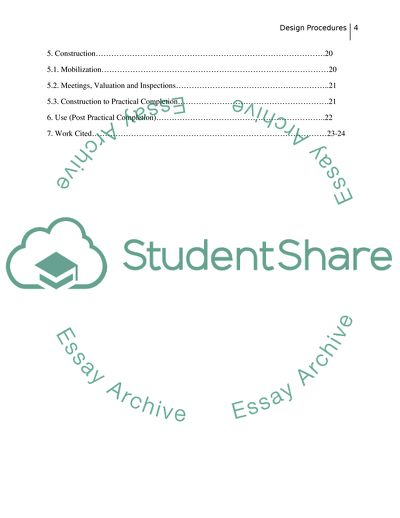Cite this document
(Provide a comprehensive report that will descried the development of Essay - 1, n.d.)
Provide a comprehensive report that will descried the development of Essay - 1. Retrieved from https://studentshare.org/architecture/1785317-provide-a-comprehensive-report-that-will-descried-the-development-of-design-from-appraisal-to-completion-and-illustrate-the-proposed-development-scheme
Provide a comprehensive report that will descried the development of Essay - 1. Retrieved from https://studentshare.org/architecture/1785317-provide-a-comprehensive-report-that-will-descried-the-development-of-design-from-appraisal-to-completion-and-illustrate-the-proposed-development-scheme
(Provide a Comprehensive Report That Will Descried the Development of Essay - 1)
Provide a Comprehensive Report That Will Descried the Development of Essay - 1. https://studentshare.org/architecture/1785317-provide-a-comprehensive-report-that-will-descried-the-development-of-design-from-appraisal-to-completion-and-illustrate-the-proposed-development-scheme.
Provide a Comprehensive Report That Will Descried the Development of Essay - 1. https://studentshare.org/architecture/1785317-provide-a-comprehensive-report-that-will-descried-the-development-of-design-from-appraisal-to-completion-and-illustrate-the-proposed-development-scheme.
“Provide a Comprehensive Report That Will Descried the Development of Essay - 1”. https://studentshare.org/architecture/1785317-provide-a-comprehensive-report-that-will-descried-the-development-of-design-from-appraisal-to-completion-and-illustrate-the-proposed-development-scheme.


